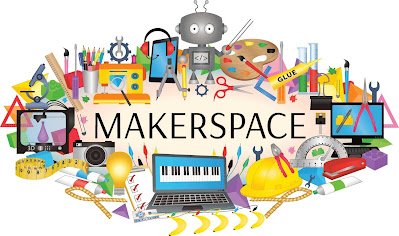Cyberbullying
Cyberbullying
This week was an important topic to cover, and I appreciated the videos and readings. I loved the tone of this video above, and I feel that it could be influential for students to see it and realize that they are able to make a difference in the life of one of their peers.
I also thought it was so interesting to see the parallels among bullying in schools, higher education, and even into the workplace, in the article "From the Sandbox to the Inbox." I did not realize the psychological components of bullying are repeated behaviors, intended harm, and using power over another person. (Faucher, Cassidy, Jackson, 2015). Bullying goes far beyond simply being mean or rude. Most examples of bullying within the workplace include gossip, rumors, public humiliation, unwarranted criticism, threats, isolation, or intimidation. It is interesting to note that none of these behaviors are physical in any way, but that they can cause the most damage to an individual.
This graph from the Cyberbullying Research Center shows data from teens in South Carolina. I was surprised to see that 72.7% of teens in South Carolina feel as if they have been bullied within their lifetime. That is a sad statistic and I can see how painful and difficult that is for teen students.
This graph shows a nationally representative sample of middle and high schools students, and their responses to cyberbullying within the past 30 days, from cyberbullying.org. In the last month alone, 23.2% of students indicate that they have experienced online bullying of some form, and 4.9% indicated that they had participated in such bullying. That was incredibly surprising to me! About 1/4 of our students are experiencing this at least every month! It is sad to see that as technology has grown, those that choose to humiliate and harass their peers utilize it to their advantage and hide behind anonymous accounts and screens.
Our response as teachers should be to advocate for our students. We need to be vigilant for their sakes, and we can not tolerate any type of bullying or harassment within our schools. It is so heartbreaking to hear of students that decide to take their lives because of the intentional bullying of others. It is my goal to be a safe place for all of my students, and always be a listening ear and an open heart. I liked this article, Developing a Positive School Climate with ways we can help prevent bullying and cyberbullying. Some tips were to have open lines of communication, have anonymous reporting, develop relationships, instill hope, enlist students to help, and one of my favorites was learn their names. Every student should feel known and loved.
And just to bring awareness, I recently celebrated that there is now a new national suicide prevention lifeline phone number for anyone to call that feels the need to reach out. It is open for anyone to call or even text to chat about crisis situations, depression, or hopelessness. There is even an extension for Veterans, too.
How to identify, prevent and respond. Cyberbullying Research Center. (n.d.). Retrieved July 16, 2022, from https://cyberbullying.org/
Faucher, C., Cassidy, W., & Jackson, M. (2015). From the Sandbox to the inbox: Comparing the acts, impacts, and solutions of bullying in K-12, higher education, and the Workplace. Journal of Education and Training Studies, 3(6). https://doi.org/10.11114/jets.v3i6.1033





I really enjoyed reading your post, and as a visual learner, I appreciate the graphs and other media elements you included. Like you mention, the biggest consequence of bullying is the devastating and senseless loss of life that it can lead to. I just saw the news about the Suicide & Crisis Line number change also; I’m glad it’s something shorter and easy to memorize now.
ReplyDeleteHi Amber! Thank you so much for sharing the research and data from the Cyberbullying Research Center, it was so helpful to see actual numbers of the impact being made here in South Carolina - I feel that it really helps bring it into perspective on a more local level. I was also really glad to see the new lifeline number - I feel like the accessibility is much easier now for those seeking help and assistance.
ReplyDelete